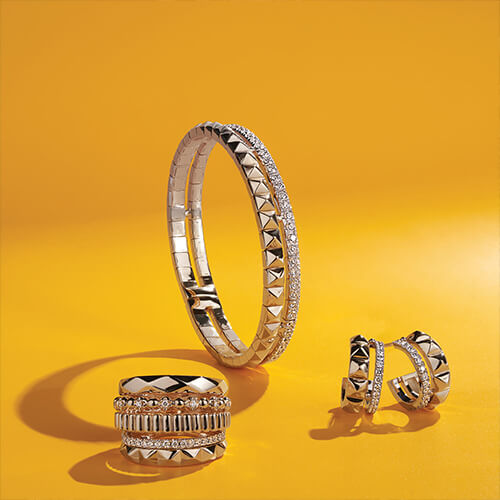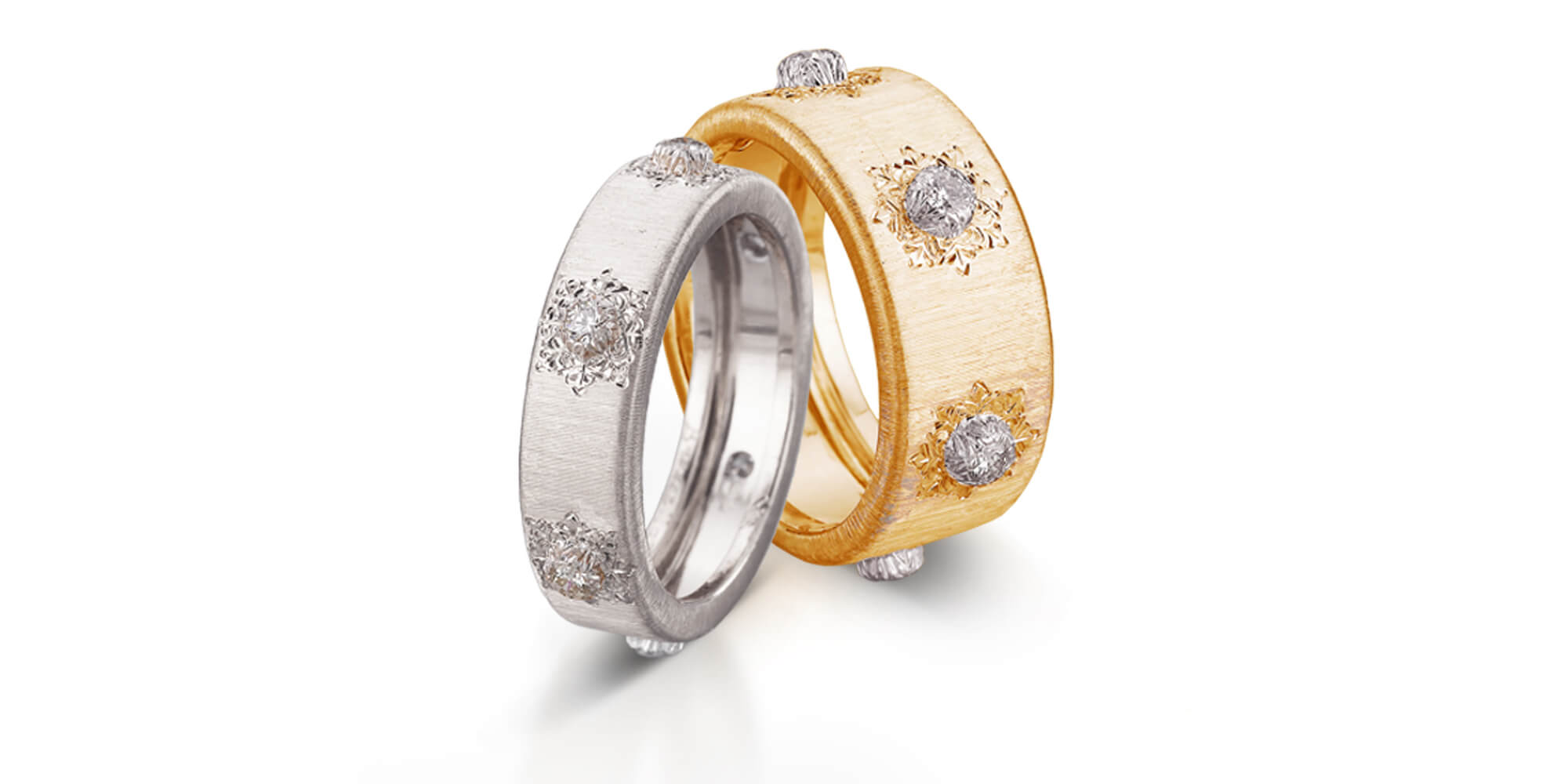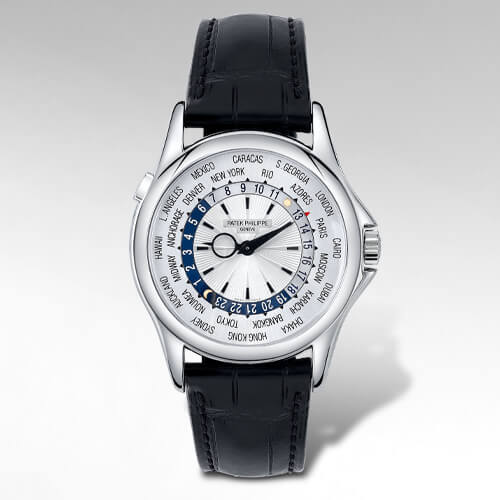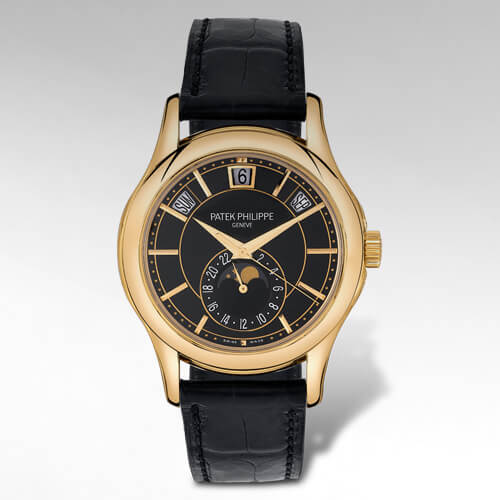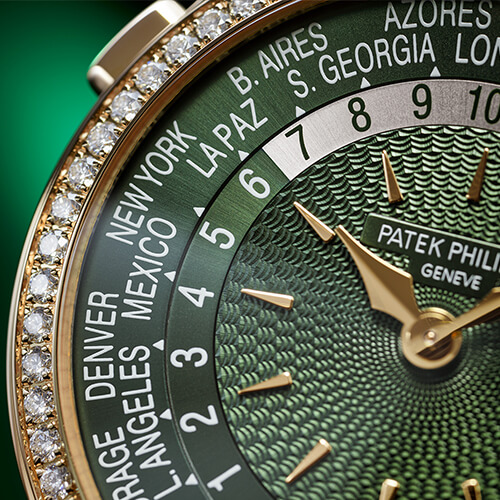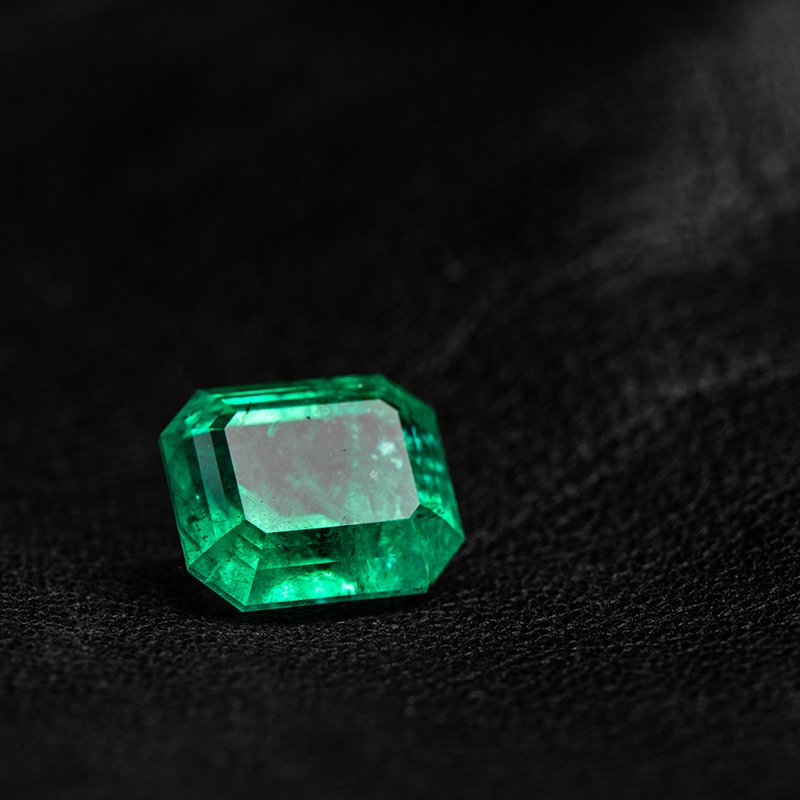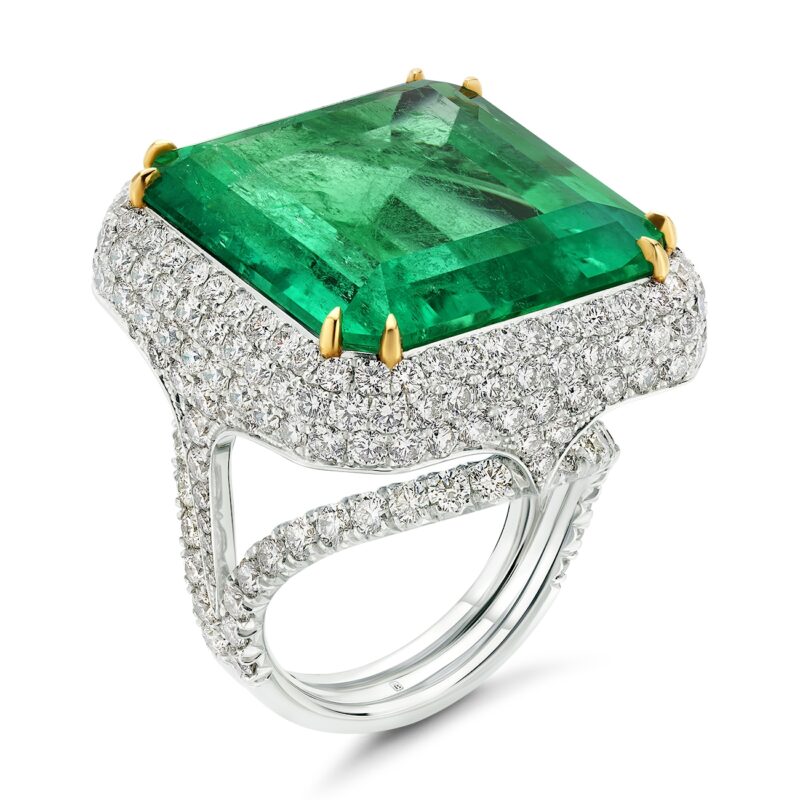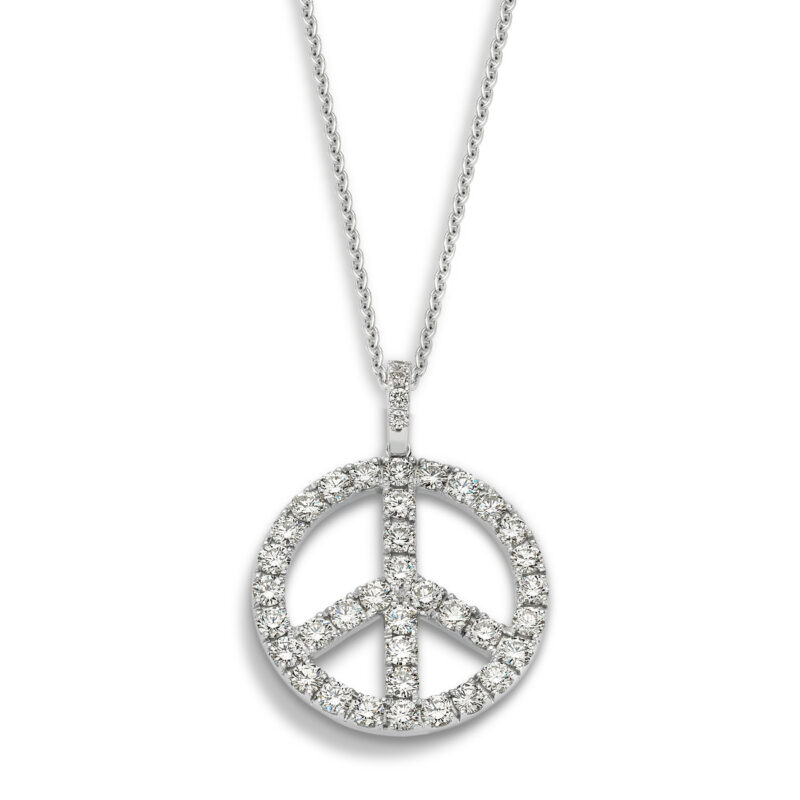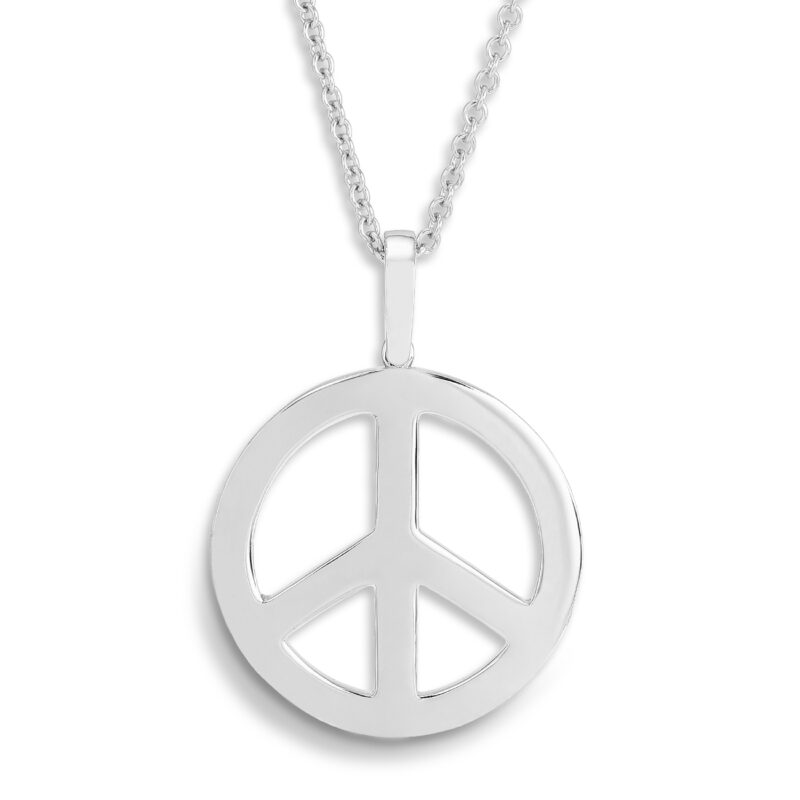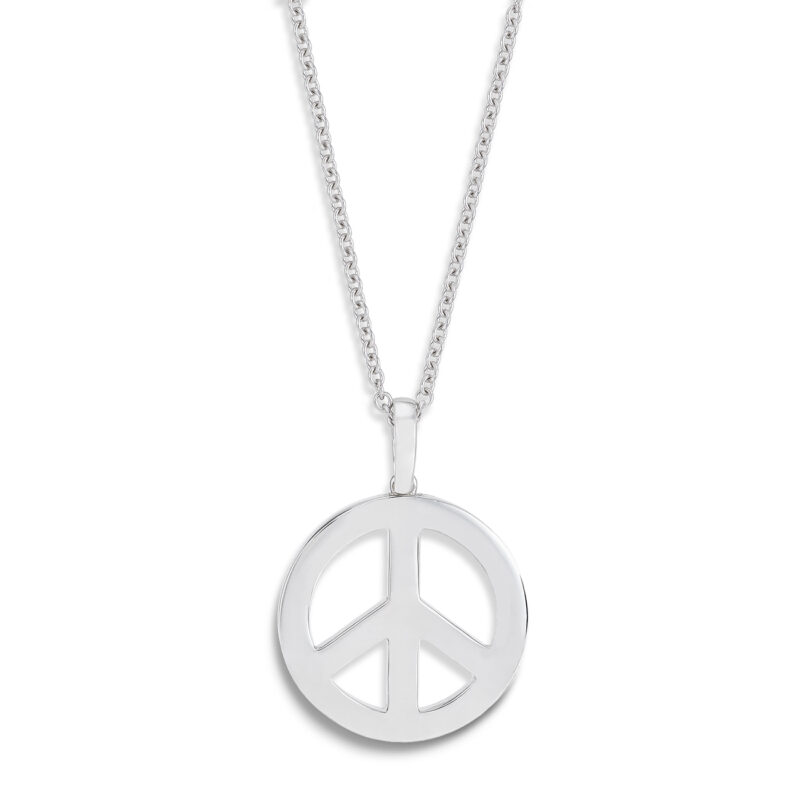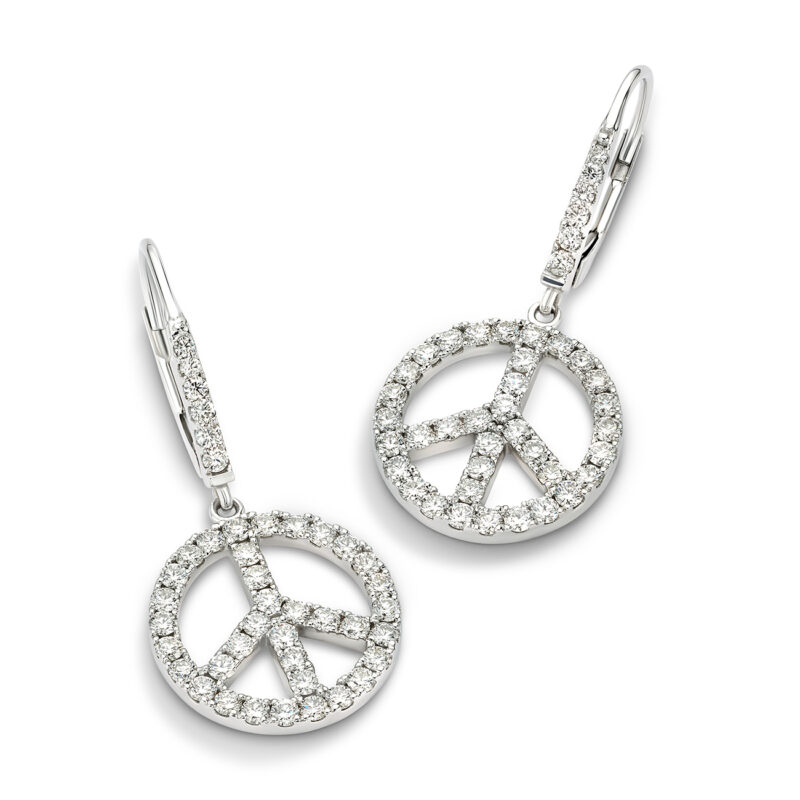Cleopatras passion for emeralds was legendary. The emeralds that she adored, were quite different than those discovered by the Spanish explorers in the new world. Montezuma presented Cortes with an emerald much larger and finer than any ever seen. The Spaniards spent years searching for the mines. They found it in what is present day Colombia.
Emeralds are adorned for their rich, distinctly green color of the beryl mineral family. Emeralds have been one of the most desirable and valuable-colored stones for over 5,000 years. An emerald has a bluish green to green to slightly yellowish green color. Stones with faint saturation that appear lighter are referred to as “green beryl.” When purchasing an emerald, make sure you find one that has a rich green color.
Most emeralds have many inclusions and surface-reaching fractures and often they are said to have a “garden” of inclusions. To enhance their appearance, most cut emeralds are treated with waxes, oils and polymers that enter the fractures and make them less apparent. To clean your emerald, avoid using steam or an ultrasonic as it can remove fracture-filling treatments. Warm water with a mild soap is safest and only when needed.
Most emeralds are produced in these four source countries: Colombia, Zambia, Brazil, Ethiopia and Zimbabwe. Smaller, irregular amounts are produced from Madagascar, Nigeria, Afghanistan, Pakistan, Canada, Russia and a few others. The first known emerald mines were found in Egypt and date back to 3330BC into the 1700s.
As the spring gem, emerald is the quintessential choice for May’s birthstone and is also the gemstone for the 20th and 25th wedding anniversaries.
